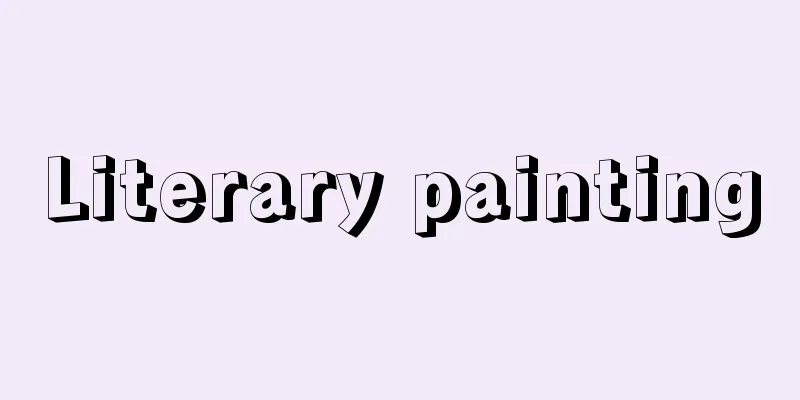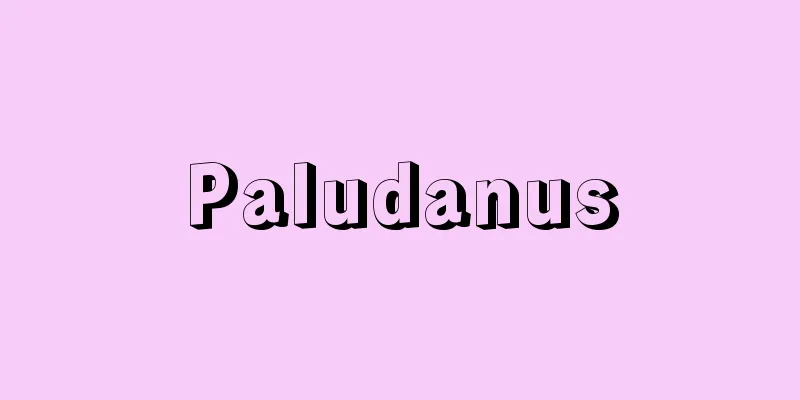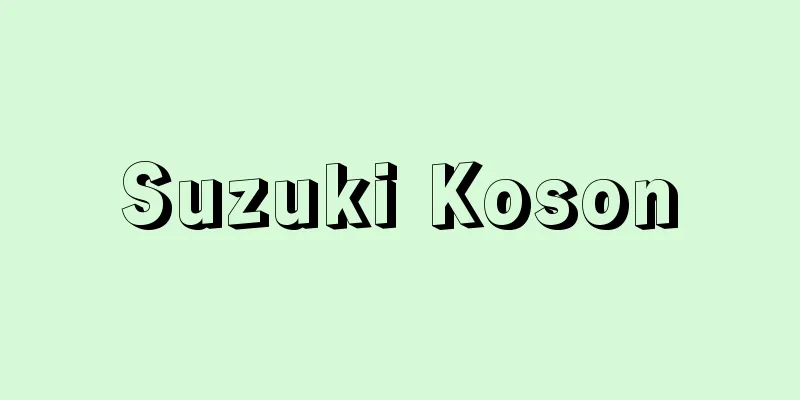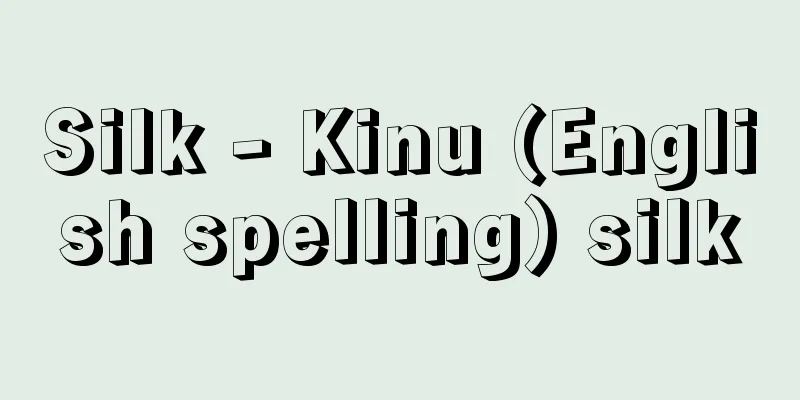Literary painting

|
Literati are paintings that were created by intellectuals, mainly from the scholar-officials class, as a hobby for their own entertainment. It is a concept that classifies paintings according to the status of the artist, and does not originally stipulate the style, subject, form, or technique of the painting. However, in China, since the Ming and Qing dynasties, it has been considered to be more valuable than paintings by professional artists, and this view continues to this day. As both calligraphy and painting are arts using brush and ink, the idea that calligraphy and painting are different art forms that have the same origin and are separate forms of expression has been around for a long time, and there are many examples of famous poets and calligraphers taking up the brush. The earliest example dates back to Cai Yong (late 2nd century) of the Later Han Dynasty, but it was not until the Six Dynasties (3rd to 6th centuries), when aristocratic culture was highly developed, that literati painters began to appear. The calligraphy master Wang Xizhi was also skilled in painting, and Gu Kaizhi, whose acclaimed works such as "Lady's Jing Tu" still exist, was a gifted scholar. From the Five Dynasties to the early Northern Song, there was a great development of ink-wash techniques, mainly landscape painting, and by the mid-Northern Song (late 11th century), the artistic value of paintings had become comparable to poetry, prose, and calligraphy. In addition, groups of scholars were formed, connected by teachers and students in the imperial examinations and by fellow students, and they were actively involved in painting and showed enthusiasm for painting theory. In other words, they developed the painting theory that had existed since the Six Dynasties, which placed the primary value of painting on the vitality of spirit and movement, and Su Shi and Wen Tong, with the aim of depicting the essence, exclusively painted dead trees, bamboo, and stones, perfected ink bamboo, and performed ink plays in which they entrusted their own feelings to painting. Many of them had inscriptions by the painters themselves or their friends written on the screen, and postscripts were added. Such works by famous artists that combine poetry, prose, calligraphy, and painting are called the Three Perfections of Poetry, Calligraphy, and Painting, and are considered the ideal of Chinese intellectuals. Literati painters also respected tradition, and from a restorationist standpoint, Li Gonglin revived Baihua, while Mi Fu and Mi Youren, father and son, who lived in the late Northern Song Dynasty, revived the landscape painting style of Dong Yuan of the Five Dynasties. The Southern Song Dynasty (1127-1279) was an age of elaborate paintings by professional painters attached to the imperial court known as "Painting Academy Painters," but Zhao Mengfu at the beginning of the Yuan Dynasty advocated restorationism and pointed the way for literati painting in later generations, and in response to this, the four great masters of the late Yuan Dynasty (mid-14th century), Huang Gongwang, Wu Zhen, Ni Zan, and Wang Meng, appeared and defined the style of literati painting. During this period, literati painting became limited to landscape paintings and ink plays such as bamboo and plum paintings in ink. The first half of the Ming dynasty (1368-1644) was the age of Zhejiang School professional painters with their crude style of painting, but in the middle period, Wu School literati painters such as Shen Zhou and Wen Zhengming were active again, and in the final period, literati such as Dong Qichang developed a somewhat forceful theory of literati painting (the theory of two schools of painting, Northern and Southern, which asserted the lineage of literati painting as the Southern School and rejected the lineage of professional painters as the Northern School) in order to prove their own legitimacy in the art of painting. This theory had an enormous influence on later generations, but it is difficult to say that it is a consistent theory. Zen painters cannot be recognized as literati painters, and it is actually impossible for a literati painter to make a living by selling paintings, but the relic painters of the early Qing dynasty (such as Bada Shanren and Shi Tao, who were from the former imperial court) and the Eight Eccentrics of Yangzhou from the mid-Qing dynasty are often treated as literati painters. In Korea, literati painting in ink also flourished during the Joseon Dynasty, but in Japan, literati painting from the Edo period has many differences from Chinese literati painting and should be called Southern painting. [Shinya Fujita] [Reference] |Part of a scroll from the Southern Song Dynasty (before 1200), 27.6 cm tall (747.2 cm long), owned by the Metropolitan Museum of Art . Yujin Yone's "Clouds and Mountains" Part of a scroll from the Yuan Dynasty (around 1310), 26.8 cm tall (781.5 cm long), owned by the Metropolitan Museum of Art . Zhao Mengfu ``Shangsongping Distant View'' Yuan Dynasty (1372) Artwork section 94.6 x 35.9 cm, owned by the Metropolitan Museum of Art Ni Zan's "Map of the Forests of Mount Yu" Late Yuan Dynasty (around 1367) Artwork section 67.9 x 34.3 cm, owned by the Metropolitan Museum of Art Wang Meng's "Diamond Cliff and the Green Tank" Ming Dynasty (1475) Work section 152.4 x 62.9 cm, owned by the Metropolitan Museum of Art "> Shen Zhou's "Fishing in the Autumn Forest" Ming Dynasty (1543) Work section 95.3 x 45.7 cm, owned by the Metropolitan Museum of Art "> Wen Zhengming's "Map of the Buildings" Qing Dynasty (around 1694) Artwork 222.9 x 76.2 cm, owned by the Metropolitan Museum of Art Shi Tao's "Bamboo in the Wind and Rain" Source: Shogakukan Encyclopedia Nipponica About Encyclopedia Nipponica Information | Legend |
|
文人、すなわち士大夫(したいふ)階級を主とする知識人が、自らの娯(たの)しみのために余技的に描いた絵画。描き手の身分によって絵画を分類した概念で、本来は絵画の様式や主題、形式、技法などを規定しないが、中国では明清(みんしん)時代以後、職業画家の絵よりも価値あるものとする見方があり、現在にまで至っている。 書と画はともに筆墨の芸術であることから、書画は同源より分かれた表現形式を異にする芸術という思想も古く、著名な詩人や書家が画筆をとった事例は少なくない。そのもっとも早い例は後漢(ごかん)時代の蔡邕(さいよう)(2世紀後半)までさかのぼるが、文人画家が輩出するのは貴族文化が高度に発達した六朝(りくちょう)時代(3~6世紀)になってからで、書聖王羲之(おうぎし)も画をよくし、『女史箴図(じょししんず)』などの伝称作が現存する顧愷之(こがいし)は異能の士人であった。 五代から北宋(ほくそう)前期に山水画を中心とする水墨技法の大きな発展がみられ、北宋中期(11世紀後半)には絵画の芸術的価値が詩文や書に匹敵するに至った。また、科挙試験の師弟、同門関係などで結び付いた士人グループが形成され、彼らは積極的に絵画制作に関与し、絵画理論にも熱意を示した。すなわち、絵画の第一義を気韻生動(きいんせいどう)に置く六朝以来の画論を発展させ、写意を目的として、蘇軾(そしょく)、文同(ぶんどう)らは枯木竹石をもっぱら描き、墨竹を完成させ、自らの心情を絵画に託した墨戯を行った。それらは多く画面上に画家自身や友人の題賛が書き込まれ、跋(ばつ)が加えられた。このような名家による詩文、書、画の三つが一体となったものを詩書画三絶とよび、中国知識人の理想とする。 また、文人画家は伝統を尊重し、復古主義の立場より、李公麟(りこうりん)は白画(はくが)を復興し、同じく北宋後期の米芾(べいふつ)・米友仁(べいゆうじん)父子は五代の董源(とうげん)の山水画様式を再興した。 南宋時代(1127~1279)は画院画家とよばれる宮廷所属の職業画人の精緻(せいち)な絵画の時代であったが、元代初めの趙孟頫(ちょうもうふ)が復古主義を提唱し、後世の文人画の方向を示し、これを受けて元代末期(14世紀なかば)には黄公望(こうこうぼう)、呉鎮(ごちん)、倪瓚(げいさん)、王蒙(おうもう)の元末四大家が現れ、文人画を様式的に規定した。この時代になると、文人画は山水画と墨竹墨梅などの墨戯に限られるようになる。明代(1368~1644)前半は粗荒な画風の浙派(せっぱ)職業画人の時代であったが、中期にはふたたび沈周(しんしゅう)、文徴明(ぶんちょうめい)らの呉(ご)派文人画家が活躍し、末期には董其昌(とうきしょう)らの文人たちが絵画芸術における自らの正統性を証明するために、強引ともいえる文人画論(文人画の系譜を南宗画として主張し、職業画家の系譜を北宗画として排撃した南北二宗論)を展開した。これが後世に与えた影響はきわめて大きいが、整合性のある理論とはいいがたい。 禅余画家は文人画家とは認めえないし、売画で生活する文人画家も本来ありえないが、清代初めの遺民画家(旧宗室出身の八大山人(はちだいさんじん)、石濤(せきとう)ら)や同中期の揚州八怪(ようしゅうはっかい)などは文人画家として扱われることが多い。 朝鮮でも李朝(りちょう)時代に水墨による文人画が栄えるが、日本の江戸時代の文人画は中国の文人画と異質な点が多く、南画とよぶべきであろう。 [藤田伸也] [参照項目] |部分。南宋代(1200年以前) 巻物 縦27.6cm(巻物の長さ747.2cm)メトロポリタン美術館所蔵"> 米友仁『雲山図』 部分。元代(1310年ころ) 巻物 縦26.8cm(巻物の長さ781.5cm)メトロポリタン美術館所蔵"> 趙孟頫『雙松平遠図』 元代(1372年) 作品部94.6×35.9cmメトロポリタン美術館所蔵"> 倪瓚『虞山林壑図』 元代後期(1367年ころ) 作品部67.9×34.3cmメトロポリタン美術館所蔵"> 王蒙『丹崖翠壑図』 明代(1475年) 作品部152.4×62.9cmメトロポリタン美術館所蔵"> 沈周『秋林間釣図』 明代(1543年) 作品部95.3×45.7cmメトロポリタン美術館所蔵"> 文徴明『楼居図』 清代(1694年ころ) 作品部222.9×76.2cmメトロポリタン美術館所蔵"> 石濤『風雨竹図』 出典 小学館 日本大百科全書(ニッポニカ)日本大百科全書(ニッポニカ)について 情報 | 凡例 |
Recommend
Élizabeth Vigée‐Lebrun
1755‐1842 A French female painter. Vigée was her f...
Gifts - Gifts
A dish made by binding ingredients together and s...
Crystal growth
A general term for the process in which crystal nu...
Dicranopteris linearis (English spelling) Dicranopterislinearis
…About 130 species in three genera are distribute...
Random (genetic) drift
This is also called genetic drift. A population wi...
Saros cycle
One of the cycles in which solar and lunar eclips...
Moritoki Akahashi
The last regent of the Kamakura Shogunate. Some s...
Fù xìng shū (English: Book of Regeneration)
A treatise written by Li Huan (772-841) of the Tan...
Custard sauce
A sauce for Western confectionery made by adding e...
Makizono [town] - Makizono
A former town in Aira County in the northeastern p...
Golgi apparatus
It is one of the intracellular organelles in which...
Joachim Bouvet
A Jesuit born in France. His Chinese name was Bai...
Steroid
…The color of stool is due to bile pigments. Norm...
Hanuszkiewicz, A. (English spelling) HanuszkiewiczA
...The spirit of boycotting all theaters that had...
Hughes, R.
…In the early days, stage plays were broadcast as...









